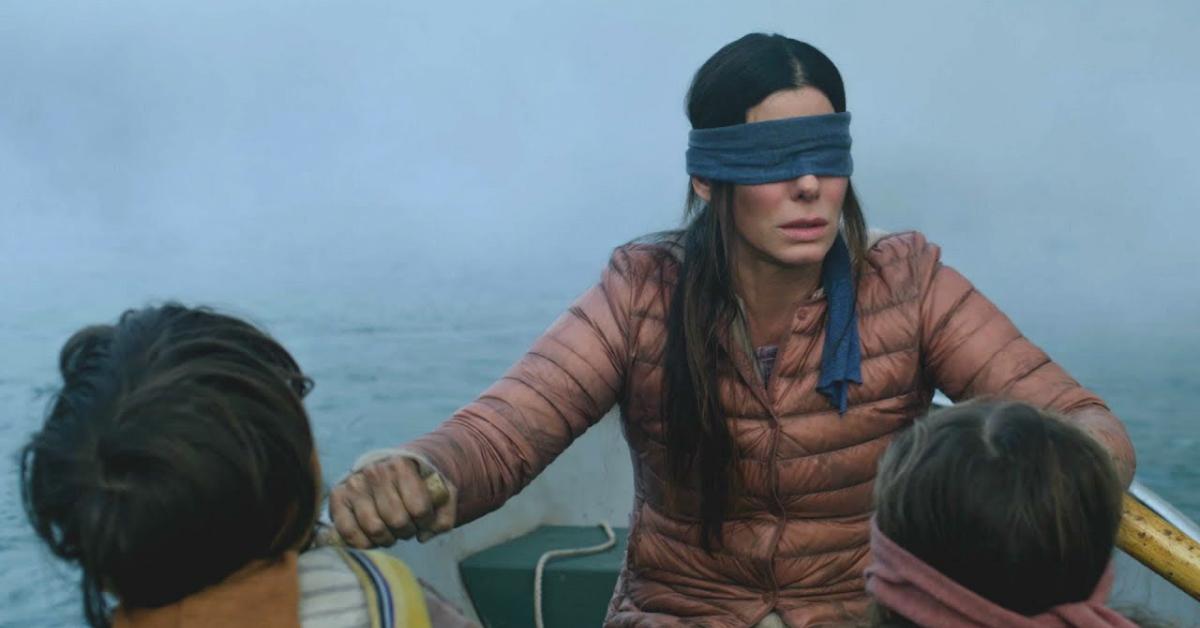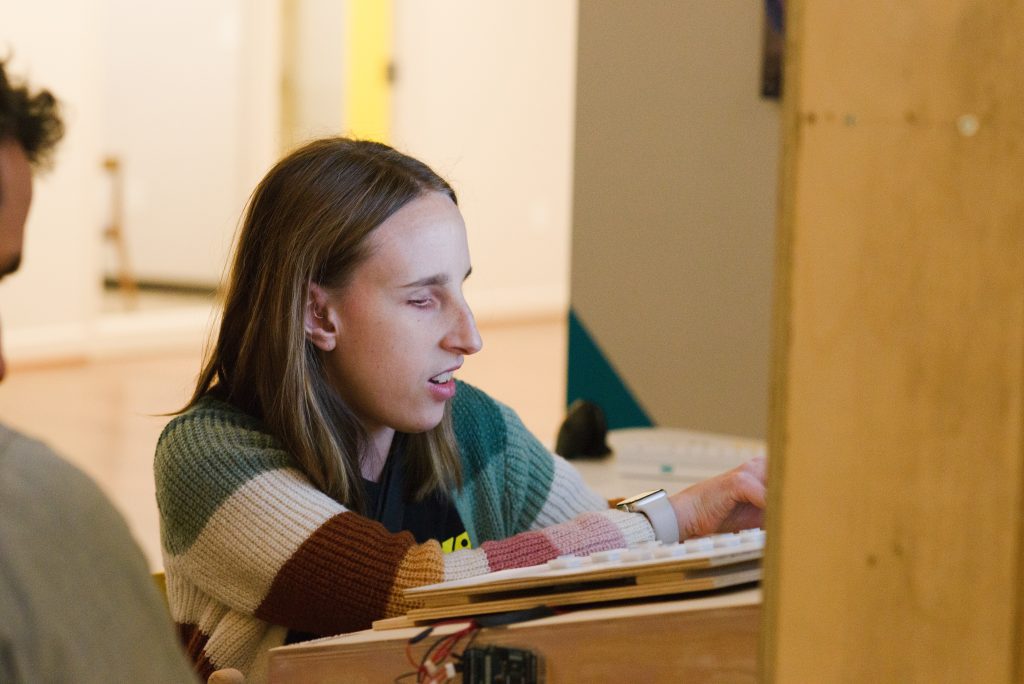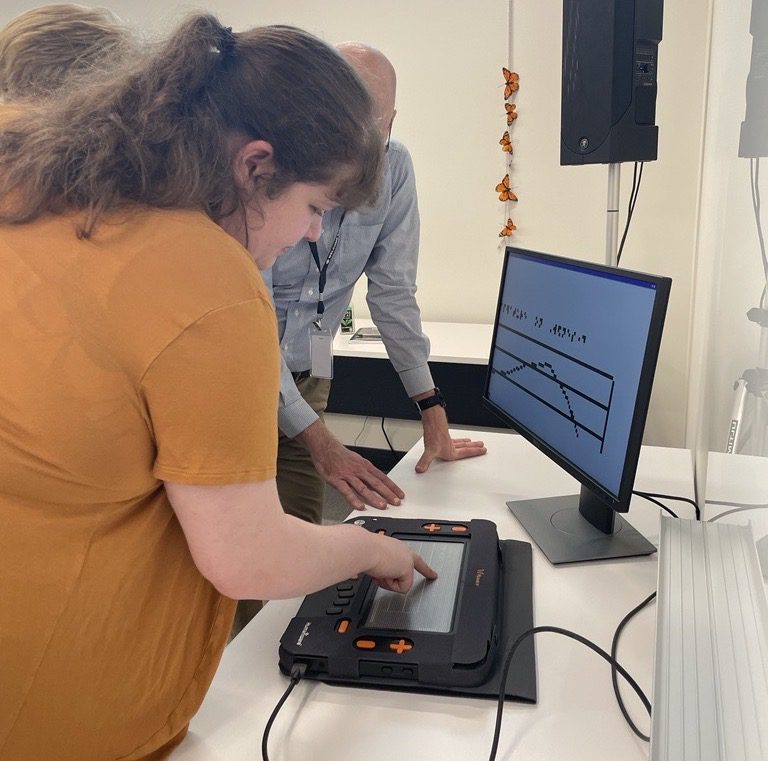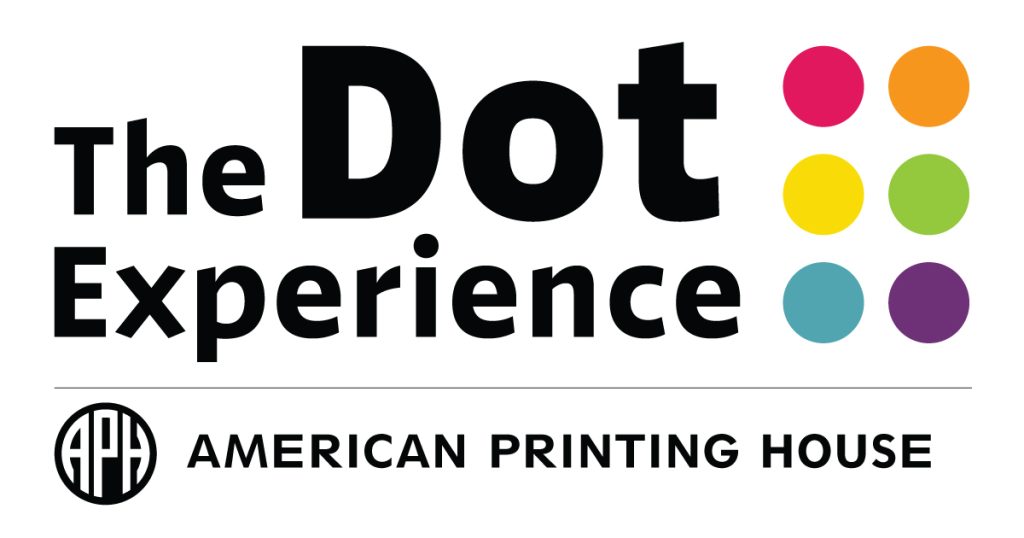The Bird Box Challenge: Don’t Mistake a Blindfold for Blindness

Netflix has made it clear: don’t try the Bird Box Challenge – it’s dangerous. If you don’t know what the Bird Box Challenge is, it comes from a recent Netflix hit: Bird Box. In the movie people have to wear blindfolds in order to escape a mysterious force – if you see it, you die. Now the internet is full of people trying to climb stairs, cross through traffic, or cook dinner in a blindfold.
At American Printing House for the Blind (APH) we see more than just the physical danger of wearing a blindfold: there’s another harmful consequence that affects people who are blind.
Putting on a blindfold and trying to do day-to-day tasks may seem like it lets you know what it’s like to be blind, but it doesn’t.
Most people who are blind lose their vision slowly and have time to learn and adapt. It’s not as scary or as difficult as losing all sight immediately. While unintended, the Bird Box Challenge can have negative side effects: It can create the false impression that people who are blind are just stumbling around, and unaware of their surroundings, reinforcing harmful stereotypes that lead to discrimination.
We talked to one of our accessibility editors about how unfounded stereotypes impact people’s perception of the ability of people that are blind. “No one denies that living with blindness can be challenging, but the Bird Box Challenge and other similar simulations reinforce the stereotypical response of many that blindness is the worst possible thing that can happen to them,” explained Paul Ferrara. “Such simulations focus all of one’s attention on the difficulties, amplifying them extraordinarily, making it much more difficult to tell people the truth about blindness. It is one characteristic of a person, not what defines them, and people who are blind adapt. We work, have families, and enjoy life.”
To help give people a better understanding of what it’s like to be blind, APH would like to invite the public to visit our Museum. Visitors are able to wear goggles that give you a better idea of how a person with vision loss views the world, eliciting empathy and understanding- not sympathy. Take the Goggle Challenge – not the Bird Box Challenge.
The Museum also provides hands-on opportunities to use a cane, type and feel braille, and experiment with the various educational products APH produces to level the learning playing field in classrooms across the country. The history of blindness is full of strength, innovation, and perseverance in the face of stereotyping and ableism. Learn more by visiting us at 1839 Frankfort Ave Louisville, KY 40206.
Share this article.
Related articles

Celebrating Global Accessibility Awareness Day with APH’s Danielle Burton
Celebrated annually on the third Thursday of May, Global Accessibility Awareness Day (GAAD) recognizes digital access and inclusion for those...

Making Math More Accessible: Monarch’s Braille Editor and Graphing Calculator
Math is not the most accessible subject for students who are blind or have low vision. Adaptations to activities and...

Introduction to The Dot Experience
APH’s vision since 1858 is an accessible world, with opportunity for everyone. APH empowers people who are blind or low...
